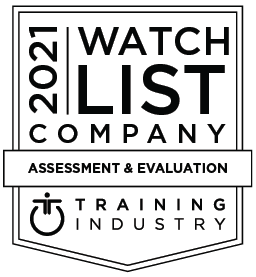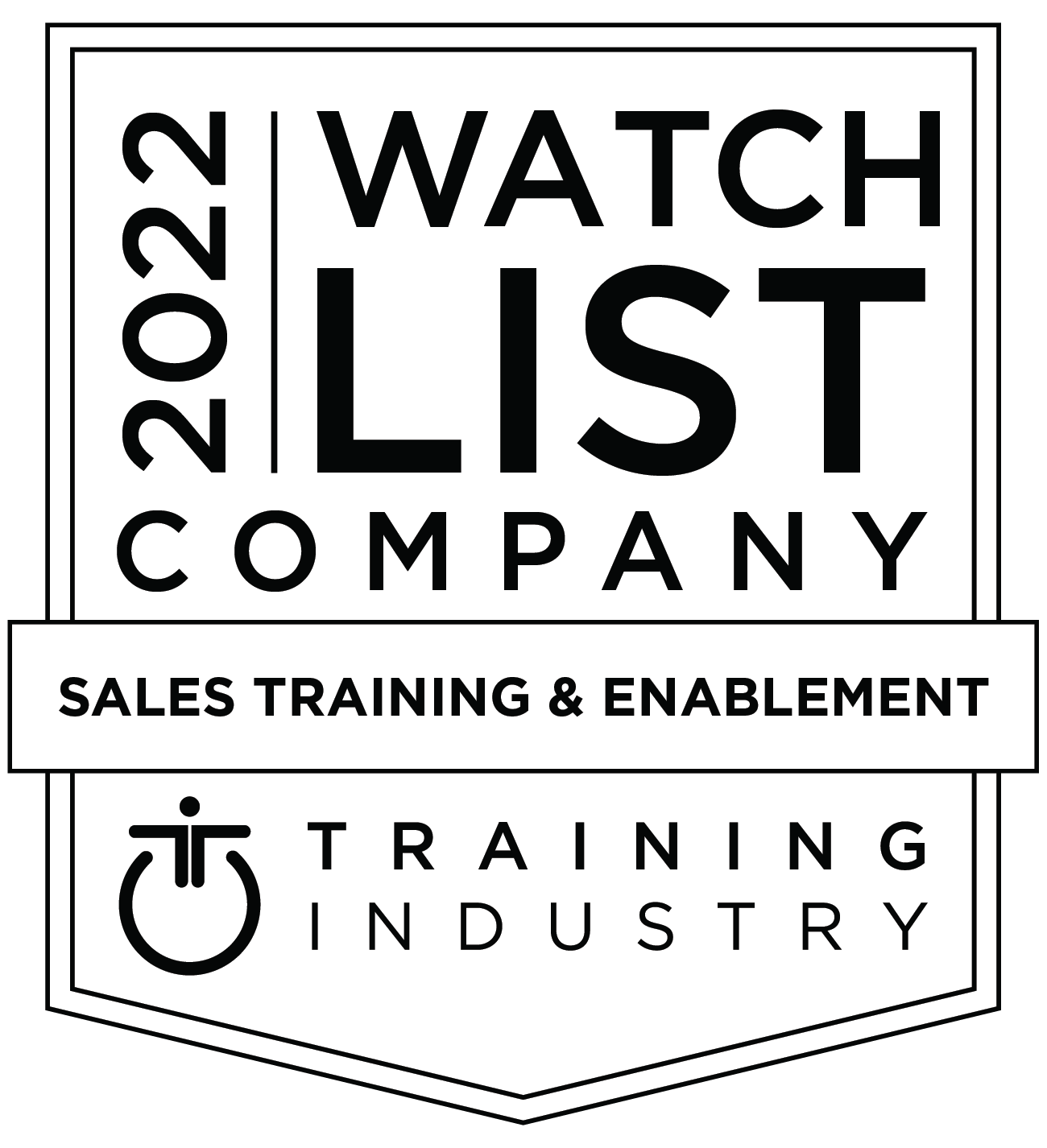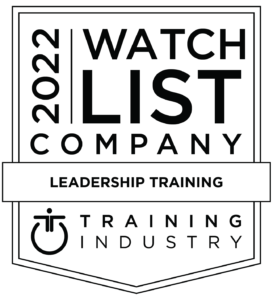“Convenience sells,” writes Seth Godin.
But does it teach?
There’s a treacherous siren threatening learning effectiveness today. It seductively sings, “Don’t make it too difficult. Make it easy.”
There’s nothing wrong — in fact, there’s everything right — with trying to make learning more physically convenient for people. Eliminating hurdles to registration and making it physically easier to access courses and training materials online and on-demand has improved the learner experience.
Digital training, microlearning, and “learning in the flow of work” approaches improve access for all, increase the productivity of companies and, arguably, make it easier for employees to apply what they learn on the job.
But the question Seth Godin raises, and the one on my mind, is this:
Are we confusing physical convenience with the ease of the effort it takes to learn something new?
You know how some people take to learning new languages like a fish to water? Well, I’m the fish riding a bicycle. I’m challenged.
Yes, online apps have made it much more convenient for me to learn Mandarin. But have they made it easy for me? No — I still have to put in a great deal of effort, perhaps more than others.
Undoubtedly, I’ll be frustrated at times. That’s not a bad thing — it’s necessary.
Discomfort is the price you pay to learn.
As Godin says, “Education needs to be inconvenient because it relies on effort and discomfort to move us from where we were to where we want to be.”
As learning & development, talent, or HR professionals, the primary question we must ask is: “Where do we want, or need, our learners to be?”
What it takes to “get them there” is a different question, the answer to which will vary in terms of modality, content, or approach. But there’s one ingredient you can’t leave out of the mix: discomfort, or the frustration of sustained effort.
Whether it’s an intense 2-day, in-person sales training or spaced microlearning over the course of weeks or months on the job, if you’re never made to feel uncomfortable by it — if you never feel challenged or inconvenienced — you’re unlikely to learn what you need to learn.
You may improve slightly, but you won’t achieve mastery.
We see this over and over again with our coaching clients and participants in our training. Both in our digital course, The Breakthrough Communicator™, and during our face-to-face communications workshops, the outcome is the same:
The degree of discomfort learners feel often correlates with the degree of improvement they experience.
For example, recorded video practice is a key component of most Mandel training — even in our self-paced digital course. Now, how many people do you know that love recording themselves? Or watching it back over and over? How many people are chomping at the bit to be actively critiqued by others?
Not many.
It’s uncomfortable, even for the most extroverted among us. But I can tell you from personal experience — and from what Mandel’s clients say again and again — it works. There is no substitute. The truth is, you don’t really know how well it works until you do it.
Don’t be afraid to make learners uncomfortable.
As Josh Bersin points out, corporate learning has been heavily impacted by the world of consumer technology and, arguably, engagement marketing. This has resulted in valuable improvements in user experience for learners.
But as Bersin rightly notes, “the consumer paradigm is based on making you want to consume as much content as possible.” Engagement is the primary goal, not behavior change.
“In learning the problem is different,” Bersin writes. “We don’t want people to be ‘addicted’ to the learning platform, we want them to learn something, apply it, and then go back to work.”
Learning professionals are right to want to make it easier for learners to access learning and to learn on their own time. After all, time was cited as the #1 barrier to learning in LinkedIn’s 2019 Workplace Learning & Development Report.
By all means, make it easier and more attractive for people to access or engage with your learning programs. Just be wary of making the learning itself too easy.
Be wary of surface learning, or what I call “comfort zone” learning.
Comfort zone learning gives people the illusion of competency. Whereas, as decades of research by Robert Bjork, PhD have shown, embedding knowledge and skills in the long-term memory requires “desirable difficulty.”
For example, allow people to make mistakes and learn from them. Ask learners to create their own content or put what they’ve learned into their own terms. Require them to apply concepts taught to personally relevant problems they face on the job.
Because when you take discomfort out of the equation, it’s no longer learning.
It may be entertainment, information, or even engagement. But it’s not the kind of learning that results in long-term skills or lasting impact for your business.
Effective learning balances convenience and discomfort.
At Mandel, we’re committed to making learning effective and convenient for you and your learning audience. While clients can access digital and face-to-face training in a variety of formats, the goal is always the same: to help learners bridge the knowing-doing gap via an immersive learn-by-doing approach.
What that means is, all of our training incorporates interactive simulations that challenge learners to apply new knowledge and skills in personal and job-relevant ways. Want to learn more? Check out Mandel’s workshops.










